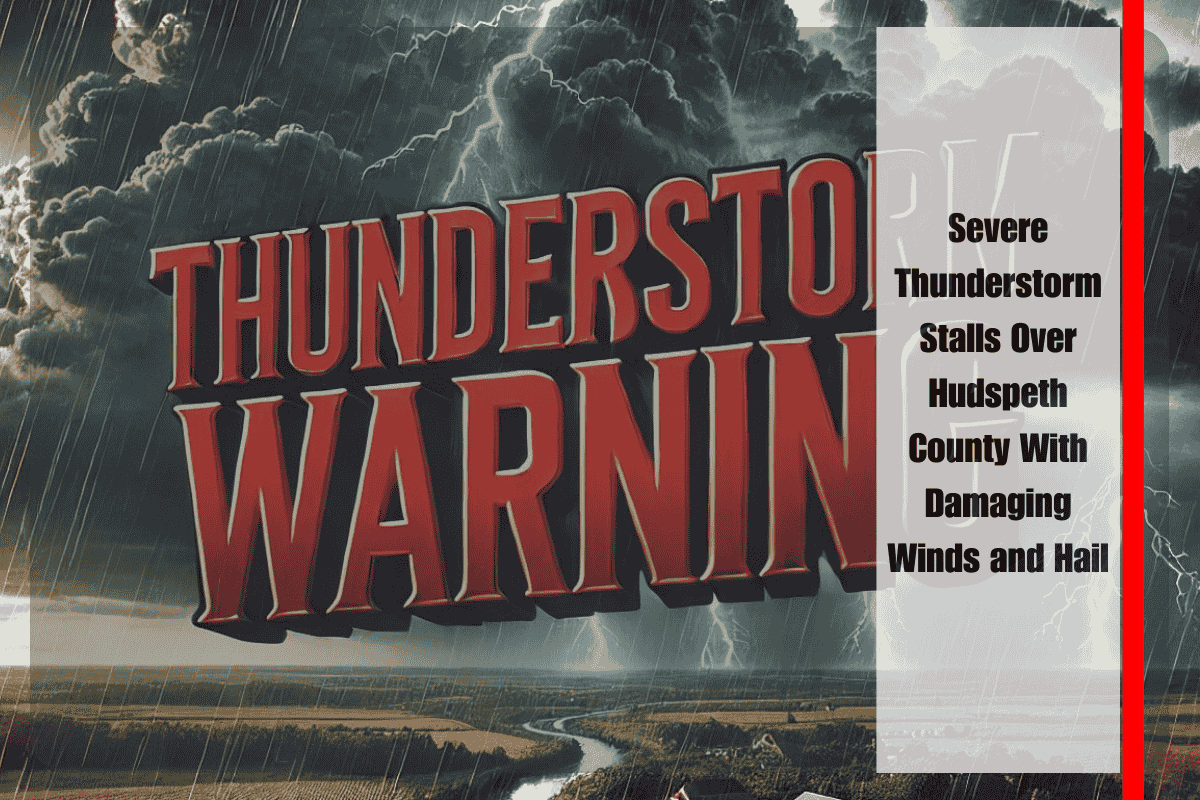Hurricane Erin intensified into a Category 3 hurricane overnight Saturday, marking the first major storm of the 2025 Atlantic hurricane season. With sustained winds near 120 mph, Erin is currently moving west-northwest at approximately 20 mph. Although forecasters expect the storm to remain offshore, its powerful circulation is projected to impact coastal waters along South Carolina by the middle of next week.
Storm Track and Forecast
According to the National Weather Service in Columbia, Erin’s trajectory keeps the center of the storm well east of South Carolina. The storm is not forecasted to make landfall, but meteorologists emphasize that the size and strength of Erin will still influence ocean conditions. Models indicate that Erin will maintain its major hurricane status as it gradually curves northward midweek, staying over the Atlantic but remaining close enough to affect regional waters.
By Tuesday, the system is expected to generate elevated tides, strong currents, and hazardous surf from Myrtle Beach to Hilton Head. While the strongest winds and heaviest rain should remain offshore, the storm’s interaction with the coastline will still pose threats for those visiting or working near the water.
Coastal Impacts and Hazards
Even in the absence of direct landfall, Hurricane Erin’s circulation is anticipated to produce life-threatening rip currents and large waves. Coastal residents and visitors should exercise caution, particularly swimmers, surfers, and boaters who may be tempted by the rough surf.
Emergency officials caution that piers, jetties, and barrier islands will be especially dangerous during this period. The combination of elevated tides and high surf could lead to strong undertows, sudden rip currents, and structural damage to exposed coastal areas. Hazardous conditions may extend into late Wednesday, depending on Erin’s speed and path.
Safety Advisories
Local authorities stress the importance of heeding advisories and staying updated on conditions. While inland areas are not expected to face direct storm threats, coastal recreation will carry significant risk. The National Weather Service and local emergency management agencies recommend:
- Avoiding swimming and surfing in unguarded or high-risk waters.
- Monitoring local advisories before heading to the beach.
- Exercising caution on boats, as offshore waves could grow extremely hazardous.
- Steering clear of piers and jetties, where currents and breaking waves are strongest.
Officials also warn that curious onlookers should resist the temptation to gather near the water to watch the storm. Even without landfall, major hurricanes can create conditions that change rapidly and unpredictably.
Outlook
Hurricane Erin is projected to remain powerful as it turns northward later in the week. Though South Carolina will avoid the most destructive impacts, its coastlines will not escape the storm’s influence. Beachgoers and mariners are urged to remain vigilant and prioritize safety as dangerous surf and rip currents persist into midweek.












